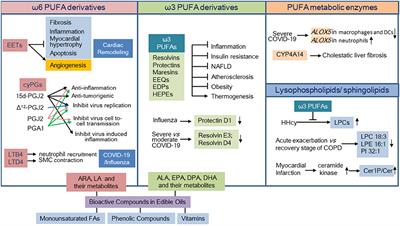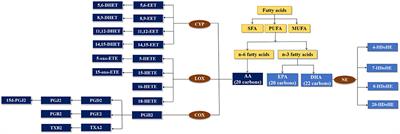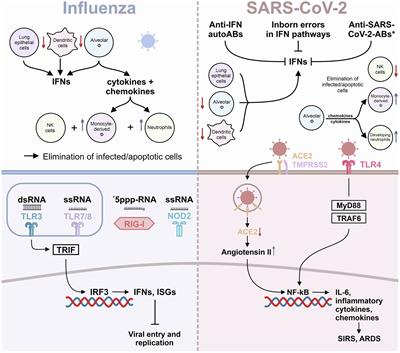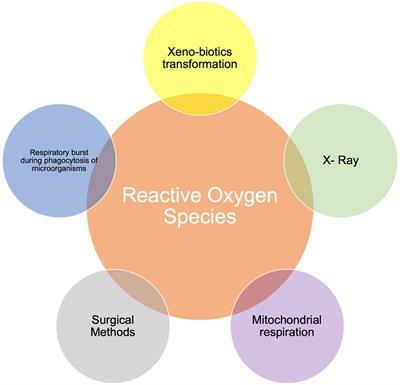EDITORIAL
Published on 22 Nov 2021
Editorial: The Role of Bioactive Lipids in Homeostasis and Pathology

doi 10.3389/fphys.2021.773632
- 1,323 views
- 2 citations
18k
Total downloads
63k
Total views and downloads
EDITORIAL
Published on 22 Nov 2021

ORIGINAL RESEARCH
Published on 26 Jul 2021

REVIEW
Published on 22 Jul 2021

REVIEW
Published on 15 Jul 2021

ORIGINAL RESEARCH
Published on 31 May 2021

REVIEW
Published on 25 May 2021

MINI REVIEW
Published on 30 Apr 2021

ORIGINAL RESEARCH
Published on 12 Mar 2021

REVIEW
Published on 24 Feb 2021

REVIEW
Published on 17 Feb 2021

ORIGINAL RESEARCH
Published on 15 Feb 2021

ORIGINAL RESEARCH
Published on 12 Feb 2021
